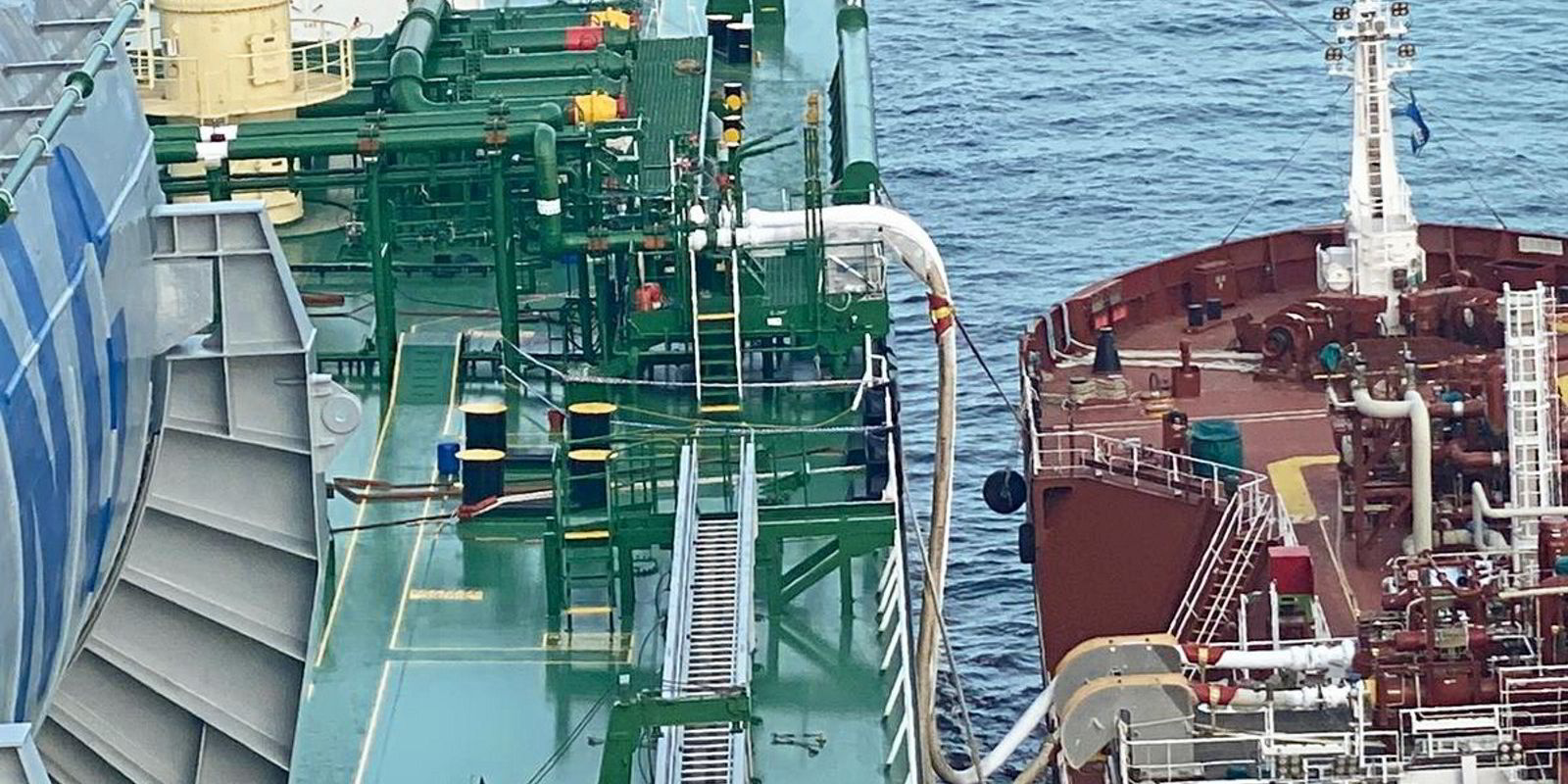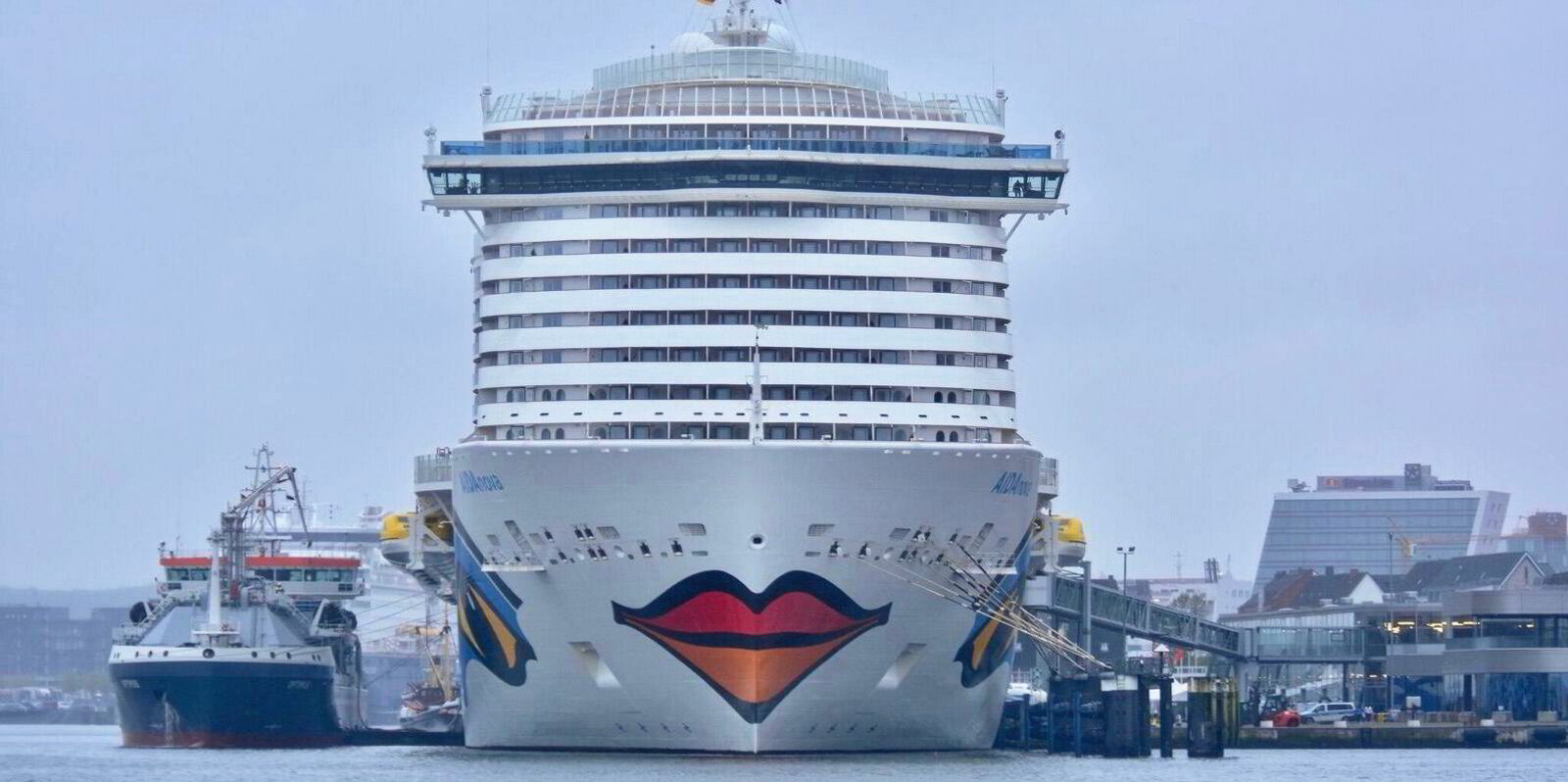Shipowners and bunker suppliers working with LNG as a marine fuel are starting to make more positive noises again.
LNG prices are down after soaring to record highs last year, which knocked out the use of the fuel to those with dual-fuelled tonnage.
Suppliers report that bunkering action is picking up and the mid-term prospects for supply volumes and pricing looks favourable from 2026.
But concerns are being raised over infrastructure provision, price volatility, and the switch up to using drop-in volumes of bio-methane to extend the compliance of using LNG.
These were among the issues being voiced at IQPC’s 10th LNG Bunkering & Future Fuel Global Summit 2023 in Amsterdam where the mood was largely upbeat but peppered with seemingly huge questions.
Companies such as liner company Zim, which will have 28 LNG dual-fuelled vessels trading by the end of 2024, are concerned about the provision of LNG bunkering infrastructure.
Zim bunker division manager Shlomo Moscovitch said the company needs global coverage to have the option to bunker LNG worldwide as with very low-sulphur fuel oil (VLSFO).
He spoke about the huge volumes of LNG needed — 10,000-cbm for a round trip voyage for one of Zim’s 10 newbuildings of 15,000-teu each — and the need to plan operations well in advance.
“There is no option to supply a large amount on the spot [market],” he said.
Speaking about LNG bunker pricing, LansdowneMoritz managing consultant Gary Regan came bearing a mix of good and bad news.
On the plus side, Regan said LNG spot prices are down from a peak of $70 per MMBtu last year to what appears to be a floor of about $10 per MMBtu currently, with LNG pricing looking attractive against marine gasoil and VLSFO.
Tight market
He highlighted that there is currently some 175 million tonnes of liquefaction capacity under construction that should come onstream from 2026. With LNG bunker demand forecast at 9 mtpa, there should be enough product for the sector.

But Regan — who said forecasting gas and LNG prices is almost impossible — highlighted that the forward curves are showing higher prices of $16 per MMBtu for most of 2024 and said the market looks set to remain tight in 2023 and throughout the subsequent two years.
He said the consensus from traders is that prices will rise, although not to the levels seen in 2022, and flagged up the upside risk if China resumes spot LNG buying or there is a cold winter.
Regan added that there are commercial contract structures available to manage that price volatility. He said “grown-up conversations” are needed between shipowners and suppliers to unlock these and solve infrastructure concerns.
He also flagged up bio-LNG as the “fuel of the future”. But he said it could prove difficult to get hold of and urged owners interested in using it as a drop-in fuel to sign up for long-term volumes.
“I think there might be a bit of a fight as to who gets their hands on it,” he said.
Owners and suppliers said that by the 2030s, bio-LNG or bio-methane volumes are going to be required to extend LNG’s compliance as a marine fuel.
Competition for bio-fuel
But panellists spoke about the difficulty of selling the extra cost of the fuel and its carbon benefits to customers.
Dan Gent, energy and sustainability manager at UECC, highlighted that there will be competition with other users of biofuels. He said the industry is trying to make dirty fuels expensive but also needs to look at how to make biogas cheaper.
But it was the regulatory side that provoked passion with speakers detailing anomalies between regulations and practicalities while voicing concerns that their business was not understood by those making the rules.
Tom Strang, senior vice president of maritime affairs at Carnival, said: “The expectation of regulator is far higher than technology provider is ready for.
“If the regulators don’t allow us to do what we need to do and if they force us down the road which does not make sense economically and structurally, because ... they have their hydrogen blinkers on ... we are going to have problems.”





